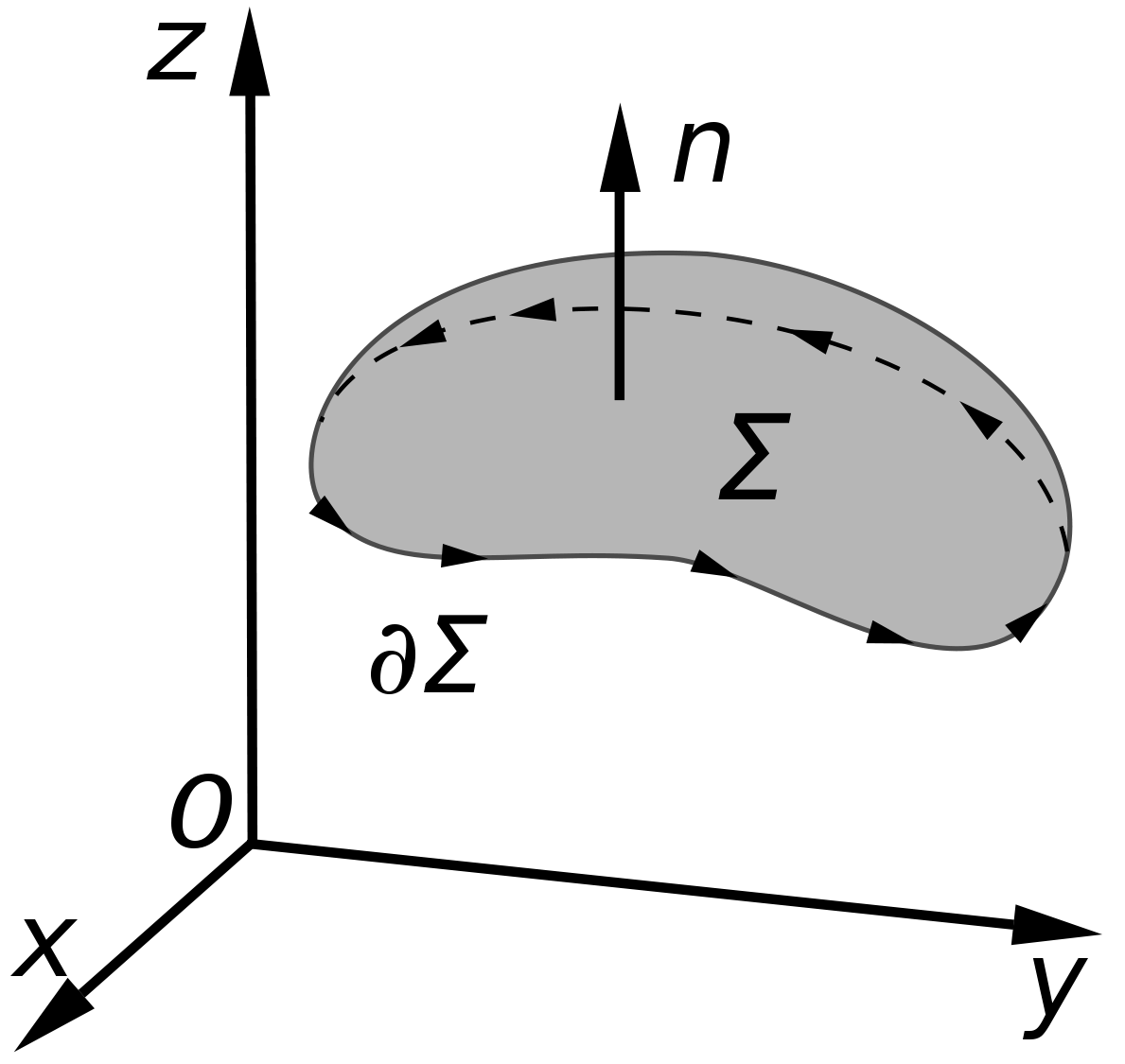What happens when ketone reacts with NaBH4?
Sodium borohydride (NaBH4) is a reagent that transforms aldehydes and ketones to the corresponding alcohol, primary or secondary, respectively.
What is the equivalent of sodium borohydride?
Sodium borohydride (0.4–1.5 equivalents) in the presence of ammonium oxalate (0.2 equivalents) reduces varieties of organic carbonyl compounds such as aldehydes, ketones, acyloins, a-diketones and a,b-unsaturated carbonyl compounds to their corresponding alcohols.
What is the advantage of NaBH4 over the alternative and most commonly used LiAlH4?
NaBH4 is less reactive than LiAlH4 but is otherwise similar. It is only powerful enough to reduce aldehydes, ketones and acid chlorides to alcohols: esters, amides, acids and nitriles are largely untouched. It can also behave as a nucleophile toward halides and epoxides.
What type of reducing agents are NaBH4 and LiAlH4?
Organic Chemistry bond: The most common hydride reducing agents are the lithium aluminum hydride (LiALH4) also abbreviated as LAH and sodium borohydride (NaBH4): The principle behind the hydride reducing agents is the presence of a polar covalent bond between a metal and hydrogen.
Why are we using NaBH4 instead of LiAlH4 in this reaction?
Sodium borohydride NaBH4 is less reactive than LiAlH4 but is otherwise similar. It is only powerful enough to reduce aldehydes, ketones and acid chlorides to alcohols: esters, amides, acids and nitriles are largely untouched.
When cyclohexanone is treated with sodium borohydride What is the product?
group changes into >CHOH Hence product is cyclohexanol.
Which is the strongest reducing agent for reduction of ketones and why?
Sodium borohydride It is only powerful enough to reduce aldehydes, ketones and acid chlorides to alcohols: esters, amides, acids and nitriles are largely untouched. It can also behave as a nucleophile toward halides and epoxides.
Which is stronger reducing agent LiAlH4 or NaBH4?
NaBH4 is less reactive than LiAlH4 but is otherwise similar. It is only powerful enough to reduce aldehydes, ketones and acid chlorides to alcohols: esters, amides, acids and nitriles are largely untouched.
What is the mechanism of LiAlH4?
MECHANISM OF REDUCTION BY LITHIUM ALUMINIUM HYDRIDE, LiAlH. * The reduction of a carbonyl group by LiAlH4 is initiated by the attack of nucleophilic hydride ion on the carbonyl carbon to give a tetrahedral intermediate.
Why can NaBH4 only reduce aldehydes and ketones?
Sodium borohydride NaBH4 is less reactive than LiAlH4 but is otherwise similar. It is only powerful enough to reduce aldehydes, ketones and acid chlorides to alcohols: esters, amides, acids and nitriles are largely untouched. It can also behave as a nucleophile toward halides and epoxides.
What is the percent yield of cyclohexanol converted with sodium borohydride?
For this experiment, cyclohexanone are converted by a rection with sodium borohydride . The actual yield and theoretical yield of cyclohexanol were calculated in order to determine the percentage yield of the compound. Based on the calculation, the percentage yield that had obtained was 95.11%.
How to convert cyclohexanone to cyclo hexanol by NaBH4?
In this experiment cyclohexanone was reduce to cyclohexanol by sodium borohydride (NaBH4). PROCEDURE A ) Extraction 1. 1.5 mL of cyclohexanone was otained and placed in a small pre-weighed beaker.
What is the molecular formula of cyclohexanone?
Cyclohexanone PubChem CID 7967 Structure Find Similar Structures Chemical Safety Laboratory Chemical Safety Summary (LCSS Molecular Formula C6H10O Synonyms CYCLOHEXANONE 108-94-1 Ketohexamethylene
Is cyclohexanone removable by biological treatment?
Cyclohexanone appears to be removable by biological treatment based upon the 98-99% reduction in BOD observed in tests of an acclimated activated sludge biological simulator treating caprolactam production waste that contains cyclohexanol, cyclohexanone, cyclohexanone oxime, and caprolactam (1).
